Meet Randy Colosky | Painter
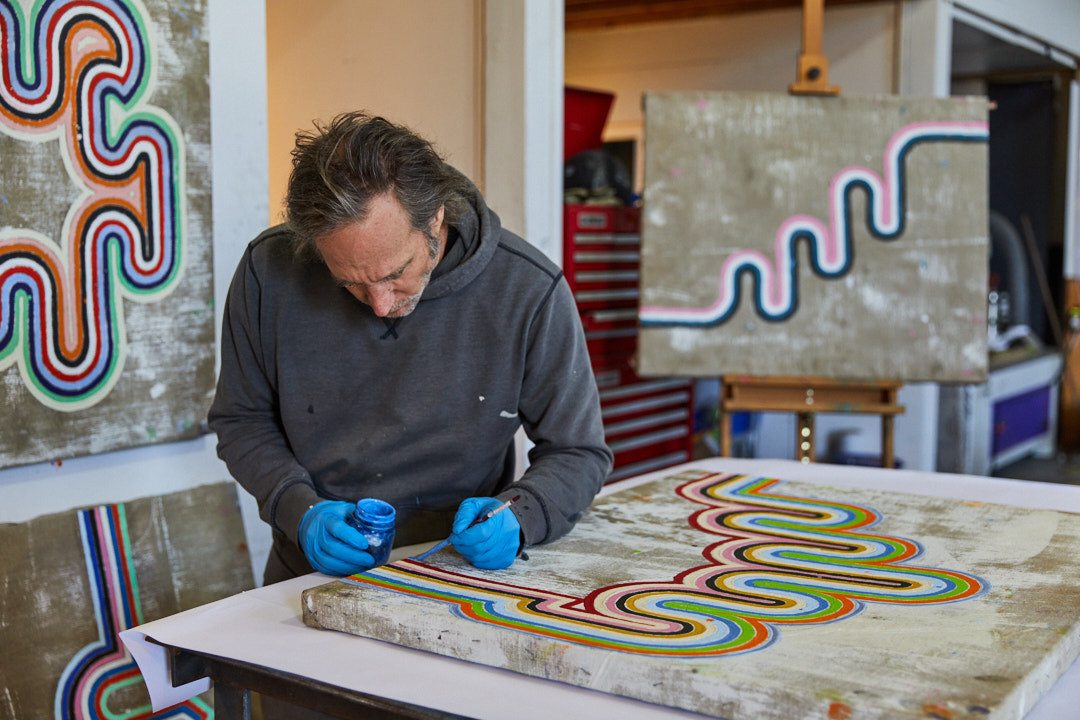
We had the good fortune of connecting with Randy Colosky and we’ve shared our conversation below.
Hi Randy, how do you think about risk?
Over the last 15 years, I’ve worked primarily on large-scale public art projects. As both a builder and an artist, public art installation has been the pinnacle of creative expression for me. Each project, some made at colossal scales, has required me to employ all my wide-ranging skillsets and work at my maximum level of endurance. The public art process engages resourcefulness and inventiveness as I navigate the challenges of executing art using a wide variety of materials. Working with consultants, developers, architects, and contractors is another layer of interest as I collaborate with different types of thinkers. Though each piece has offered challenges, it is incredibly gratifying to make work that entire communities can enjoy and engage with.
Recently however, I’ve come to realize the risks involved in this creative mission. These massive projects are physically taxing and, as I’m getting older, my motivations and interests are changing. I’m prioritizing my well-being and shifting my focus from external and public facing projects to more internally focused and personal ones. I recently made the decision to pause my public art practice and focus purely on painting. In some ways, this is the biggest risk I’ve ever taken in my practice as this new work is highly emotional and vulnerable.
My new paintings are autobiographical and pull from all the knowledge I’ve acquired over the last 40 years. I meditatively paint line formations that pull from the history of designs and motifs that I’ve worked with throughout my career. Historically relying on labor intensive and visually complex forms, I am now reducing my practice to minimal and succinct gestures that quietly and confidently summarize my art practice and life experience.
The lines are indicative of how I’ve navigated space and time as the paths follow the twists, turns, and returns of life and end up at the beginning again. The colors and linework are tied to memories; construction drawings, maps, travel, materials, nature, water, geology, science, places I’ve lived, people I’ve known, music and time passing. The bleeding white gesso ground signifies the ambient chaos of life and guitar feedback from my time playing in bands. The austerity and flatness the line work is related to the Minimalist movement that I have always gravitated to for its visual economy and openness of interpretation by the viewer. The aged linen is reminiscent of the patina of old paintings I’ve studied in museums. The background of the works, with all its paint drips, oily smudges, and fingerprints, is akin to the smeared drop clothes I loved as a house painter and remind me of moments, mistakes, and the residue of my history. Deeply personal and psychological, the paintings are visual summations of different times in my life as an artist and the journey I’ve been on. I call this series The Optimist. It takes optimism to deal with the challenges of life and continue forward with courage. I like to consider myself an optimist and right now I feel like we need as many optimists as possible.
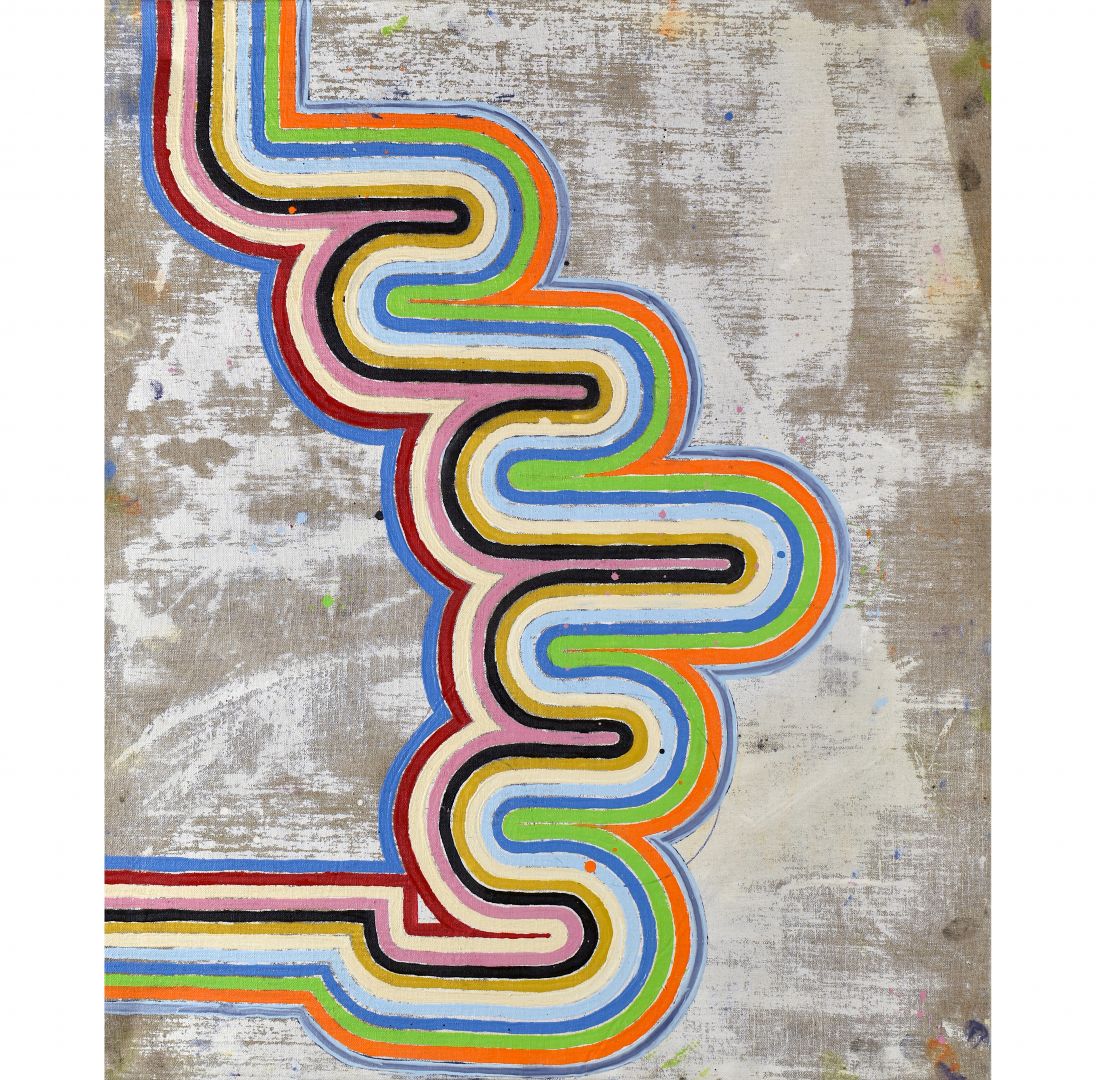
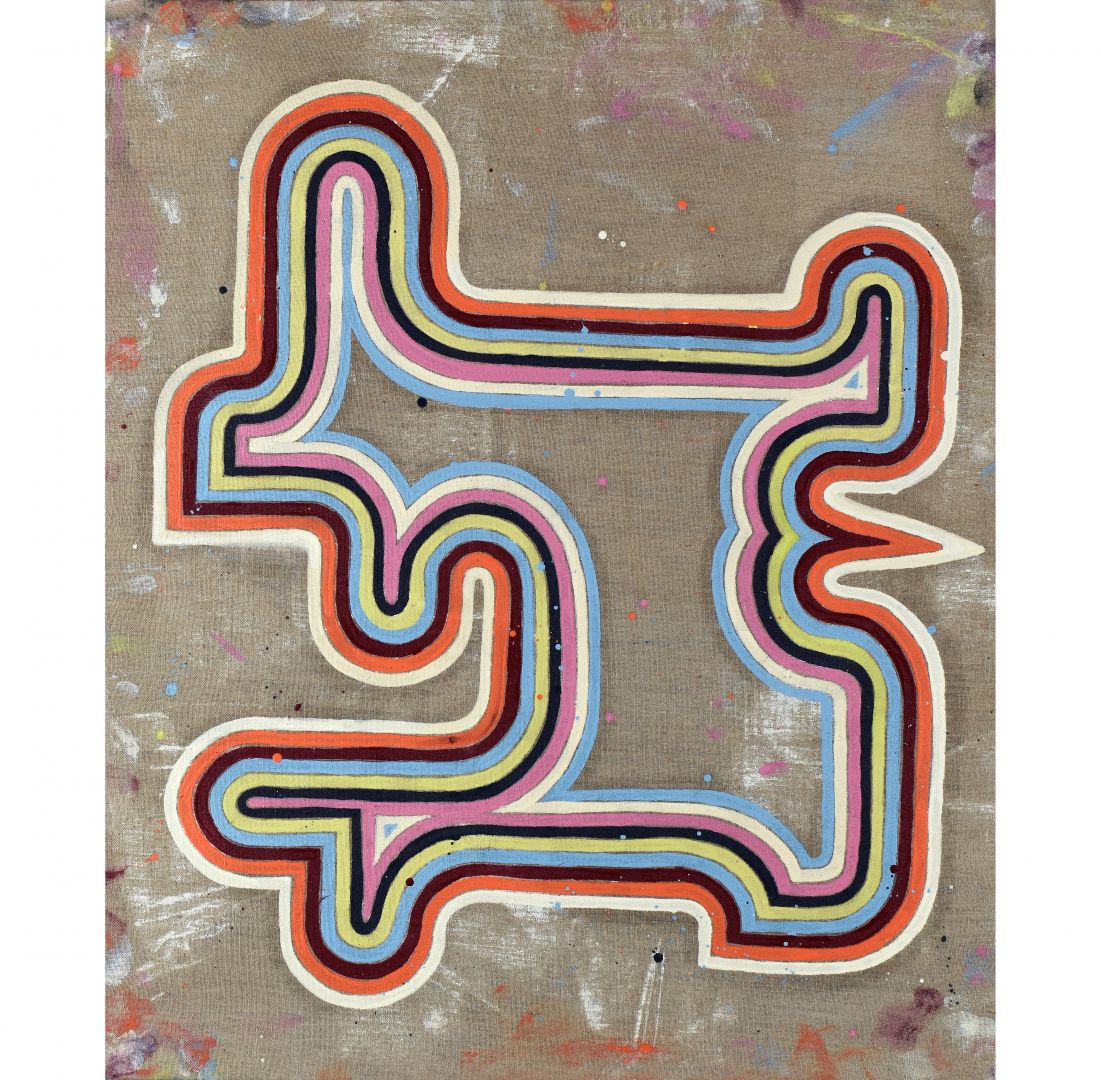
Please tell us more about your work. We’d love to hear what sets you apart from others, what you are most proud of or excited about. How did you get to where you are today professionally. Was it easy? If not, how did you overcome the challenges? What are the lessons you’ve learned along the way. What do you want the world to know about you or your brand and story?
Along with my paintings and public art projects, I’ve been investigating the refrigeration process as a sculptural medium. Because of my time spent working in construction and fabrication, some of my best work is done when I can explore the functional processes and structures that operate in the background of our daily lives. I use my art practice to bring these processes to light, making formally composed and abstract work that offer the viewer discussions about the impact these processes have on the world.
The refrigeration pieces are ephemeral event-based works that freeze over and thaw in a cycle. I’m utilizing the ubiquitous and often overlooked process of refrigeration to highlight the hidden mechanisms that maintain our quality of life. Composed of wires, copper tubes, dripping water, buzzing compressors, and actively freezing and unfreezing tubes, the living sculptures are fascinating to watch. As curious as these sculptures are, I think there is an ominousness in seeing this process exposed.
Though these works are personal and relate deeply to my other bodies of work, I can’t help but specifically connect them to climate change and climate awareness. As we know, there are many contributing factors to our current climate crisis and energy usage is often at their core. I look back at my own history and consider my consumption, as we all do. I like to use these works as a way to get people thinking about all the power and energy needed to sustain our daily lives. These works use no more energy than a refrigerator in any household across the country but the realization that this energetic process is constantly living alongside us is psychological impactful to both the viewer and myself as an artist.
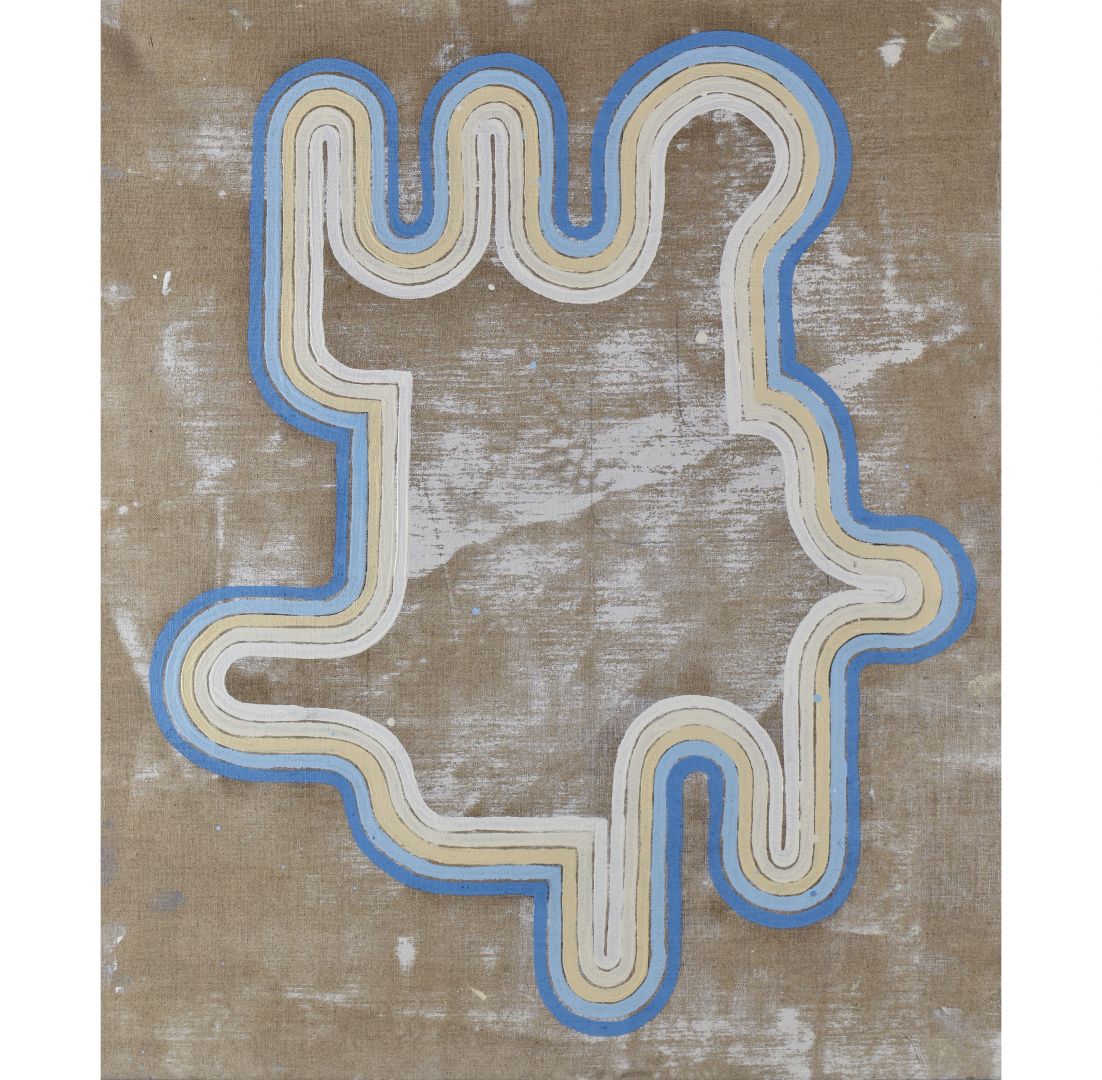
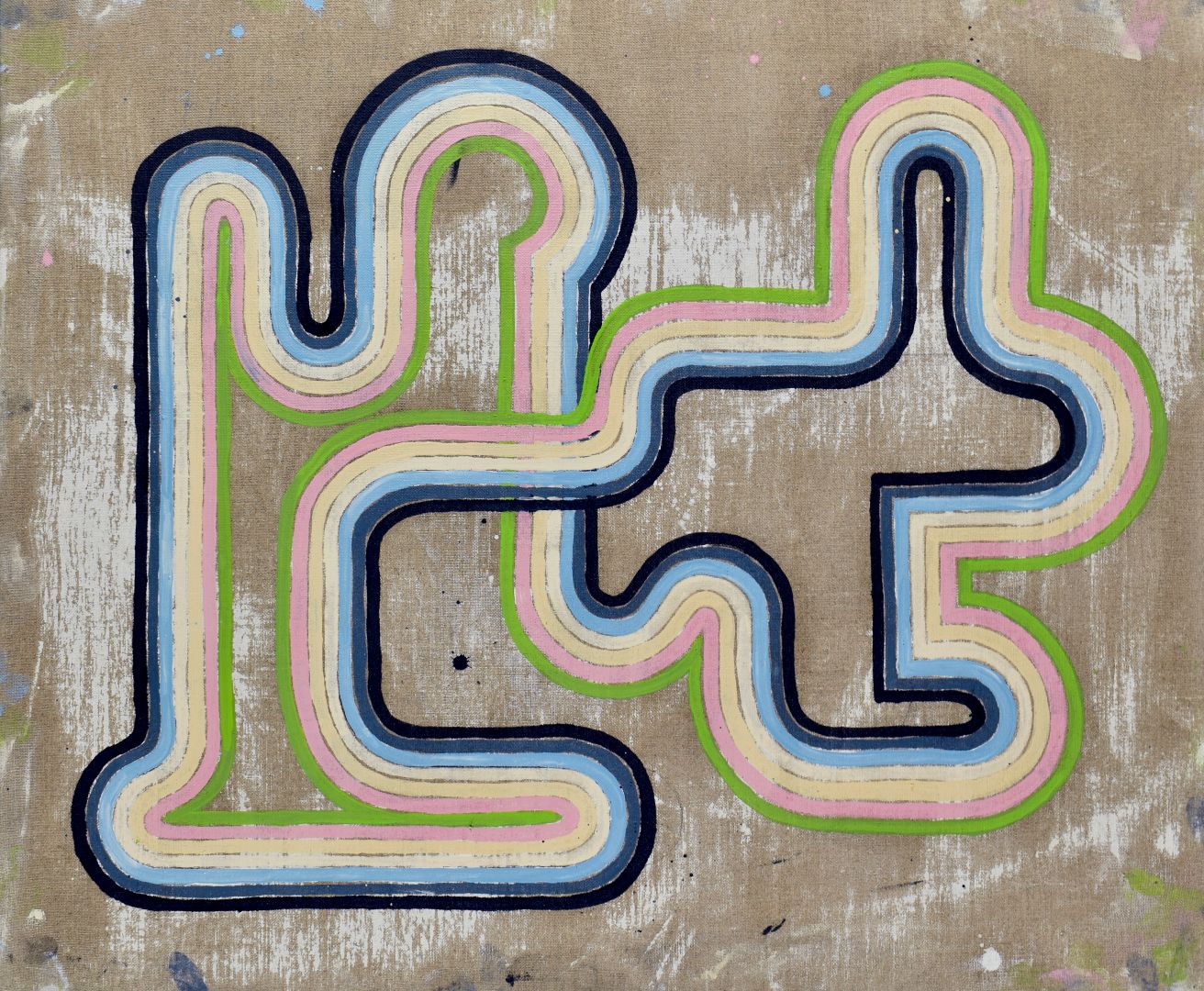
Let’s say your best friend was visiting the area and you wanted to show them the best time ever. Where would you take them? Give us a little itinerary – say it was a week long trip, where would you eat, drink, visit, hang out, etc.
The Getty Museum, The Broad Museum, LACMA, all the Museums in LA, Malibu Beach, The Restaurant across from Malibu Beach, Philipes Roast Beef, Tartine in Silverlake, Mex Peru Gipsy downtown, Dama Downtown, Lanza Bro, sandwiches, Forage, Silver Lake, Urthe Cafe Arts District, Baller Hardware, San Clemente, Sunset Beach, Hauser and Wurth, and all the galleries in LA, The Griffith Park Observatory
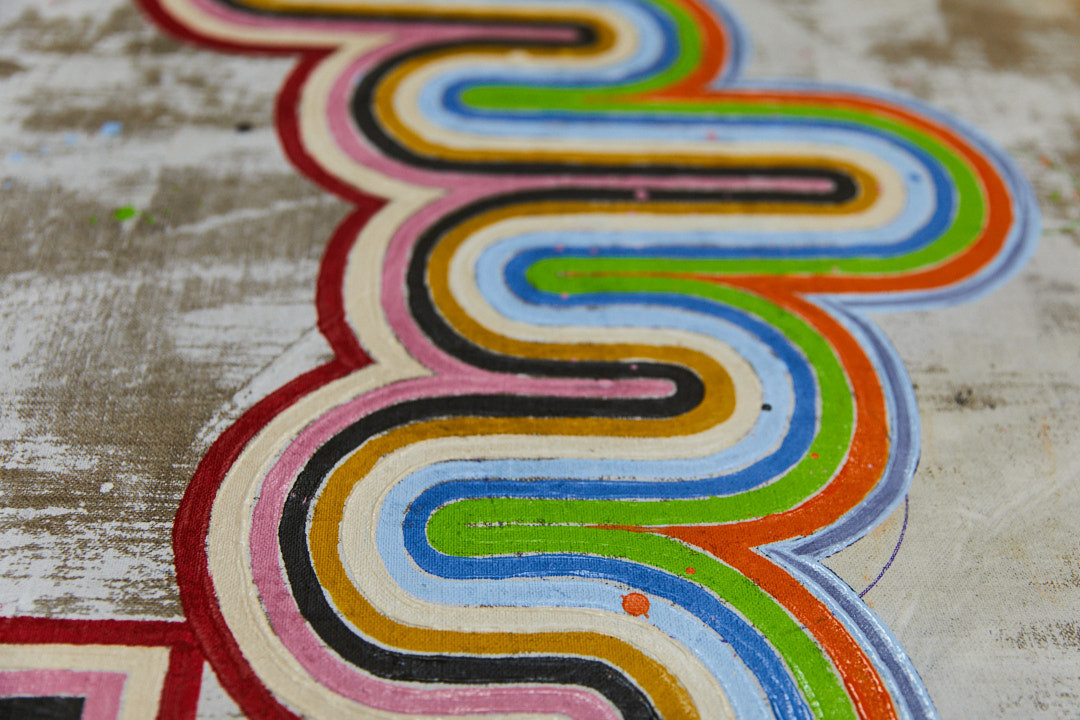
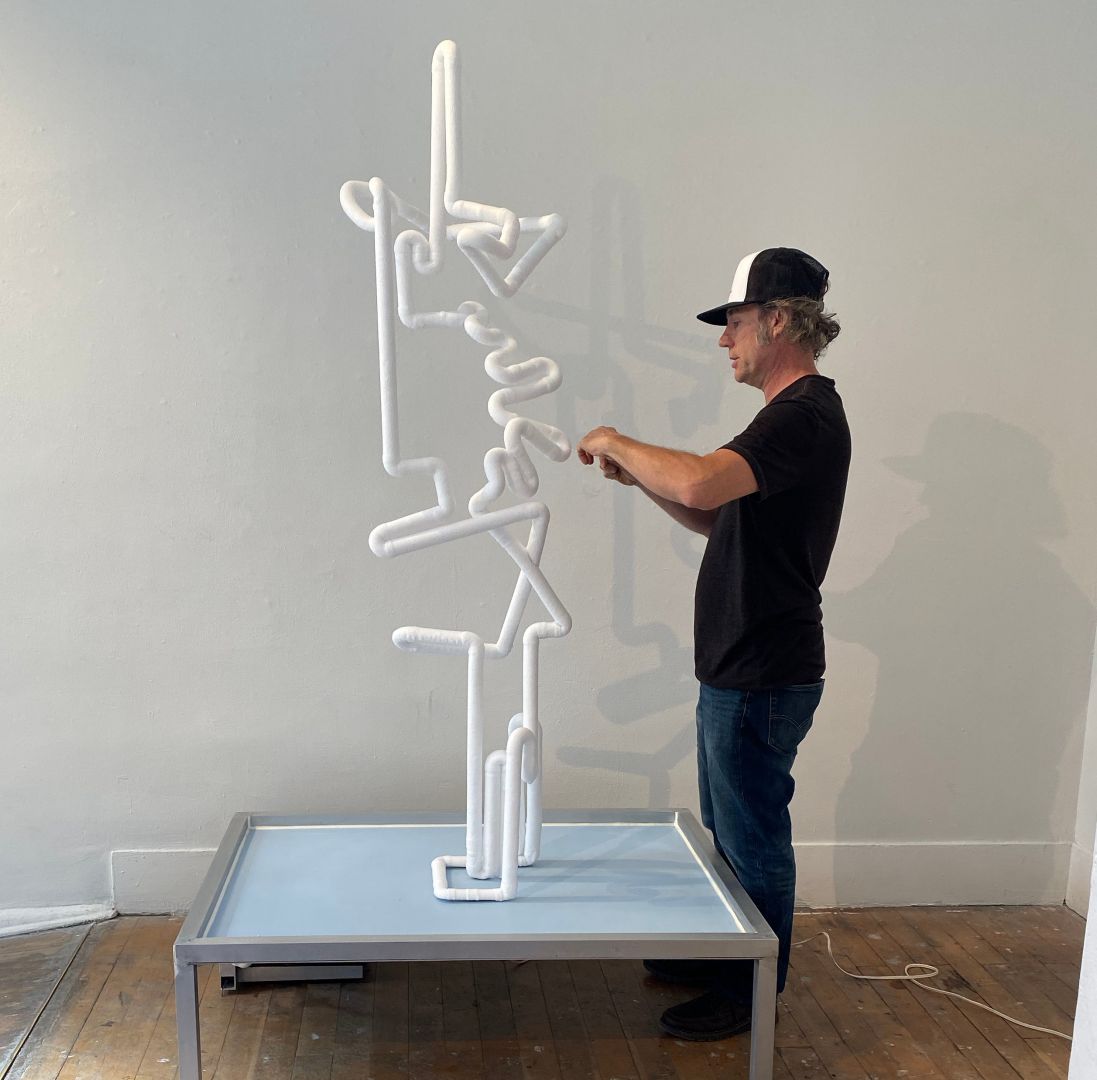
Who else deserves some credit and recognition?
Suzanne Parmly- My High School Art Teacher and the only person I know who saw the Beatles live My parents Ted and Ester for buying me my first pottery wheel and kiln, Eric Baldoni who gave me mix tapes of underground punk bands, Chris Gustin Ceramics teacher. Tracy Wheeler and Bruno Marou for taking the risk to give me my first legit solo show. Natasha Boas and Jennifer McCabe for my show at MOCAFA, Chandra Cerrito for getting me into public art, and the rest of the special people, John Zurier, Mary Livoni, Chris Johanson, Johanna Jackson, Maysha Mohomadi,,Pam Butler, Rita Delorenzo, Tom Dannon, Jonathan Parker, John Dwyer, Molly Marcotuli, Yulia Pinkusevich, Andy Vogt, Sarah Smith, Alicia Escott, Brea Peck, Alixe Turner, Shannon Kim, Nellie King Solomon,Karen Imperial, Aimee Freiberg, Aimee Le Duc, Meg Shiffler, Ivan Mora, Annie Wharton, Alison Frost, Paul Taylor, The D Angelo Brothers, Pete D’ Angelo, Sarah Mosley and Daisy, Kerri Hurtado, Corky Ferris, Beverly Morrison, Linda Ra, Mel Prest, John Kuzmich, Kyoko Shima, Bettina Stiewe, Helen Lee, David Ray Kid, Calder Anderson, Jim Melchert, Mallory Penny, Paul D’Angelo, Julie and Flynn, Mango, SOEX, KALA, THE LAB, Ampersand, Minnesota Street Projects, Bendix Building, Big Art Lab. Spring Garden Studios And everyone else over the last 40 years.
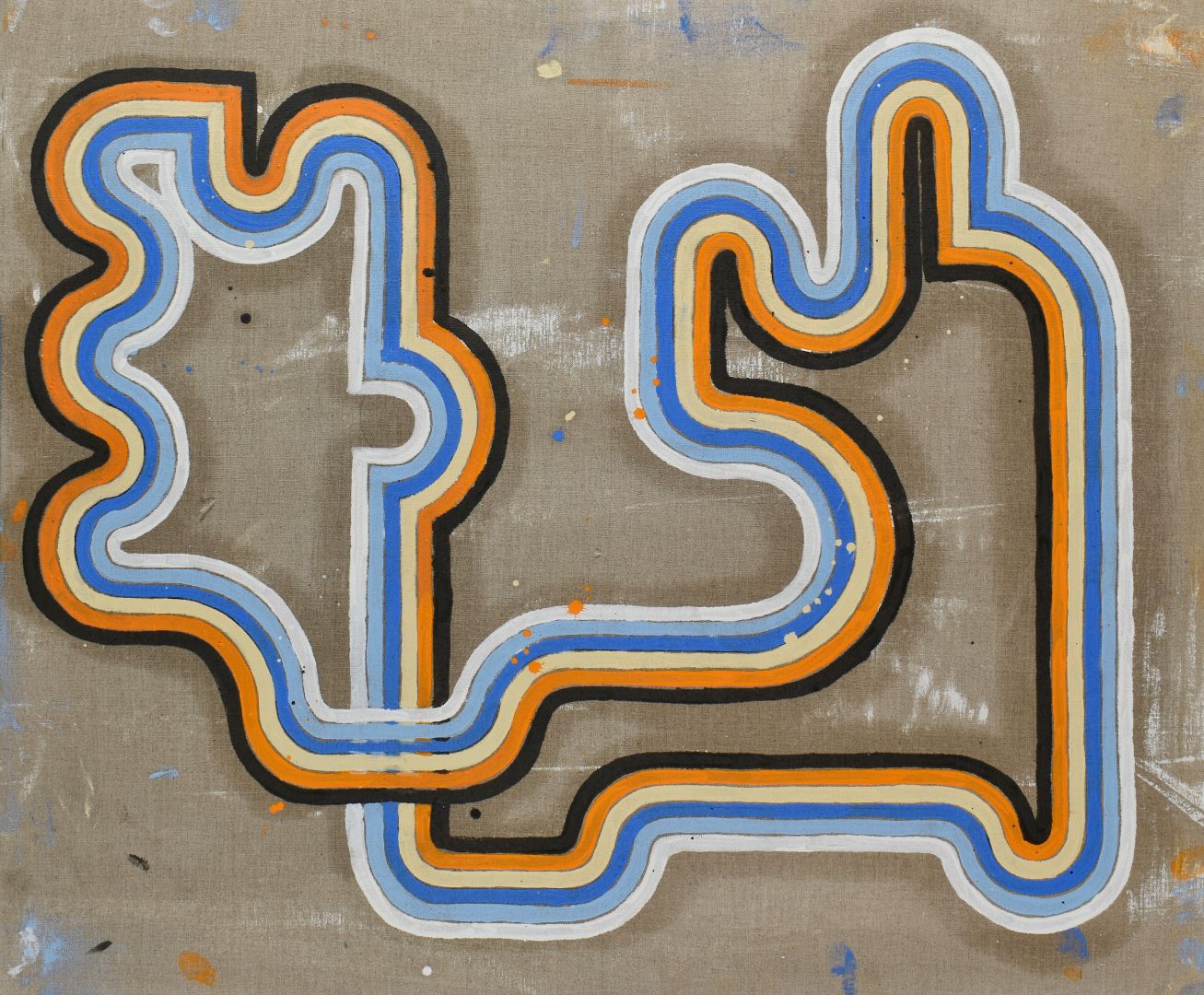
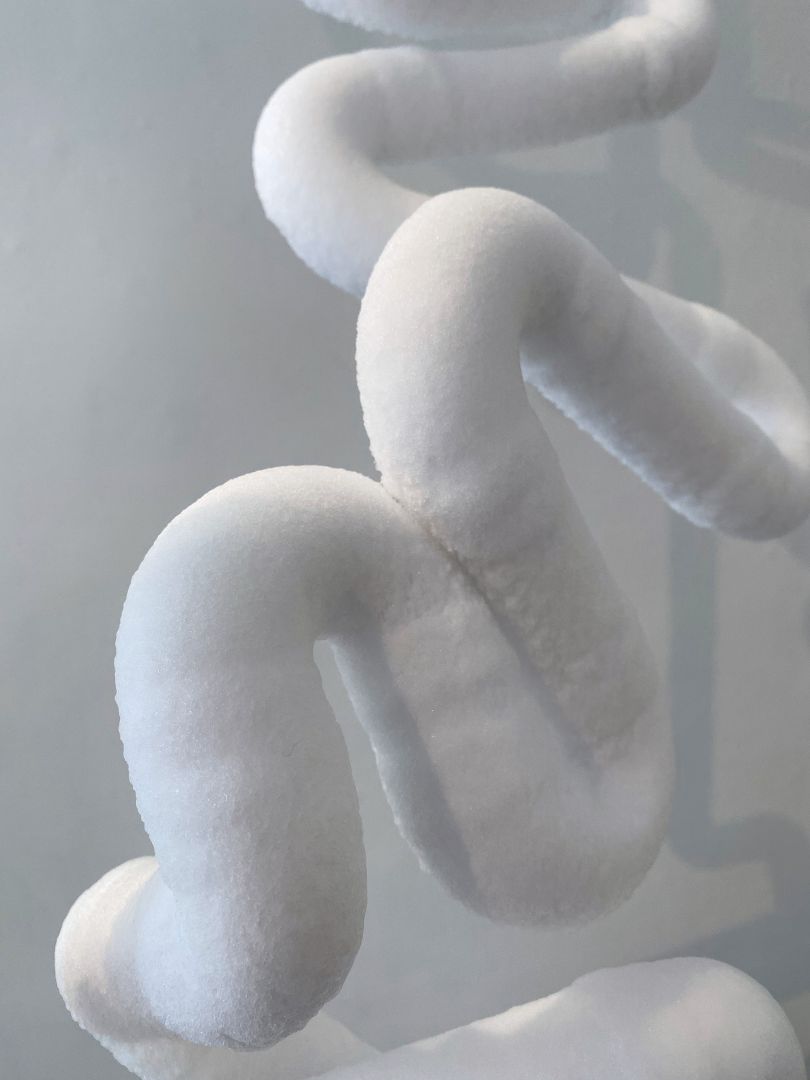
Website: www.randycolosky.com
Instagram: Randy Colosky
Youtube: Randolph Colosky
Other: Public Art www.randycoloskypublic.com
Image Credits
Portrait photo – Coco Horsagar Instagram Painting Photos – David W. Anderson Sculpture Photo – Tracy Wheeler
